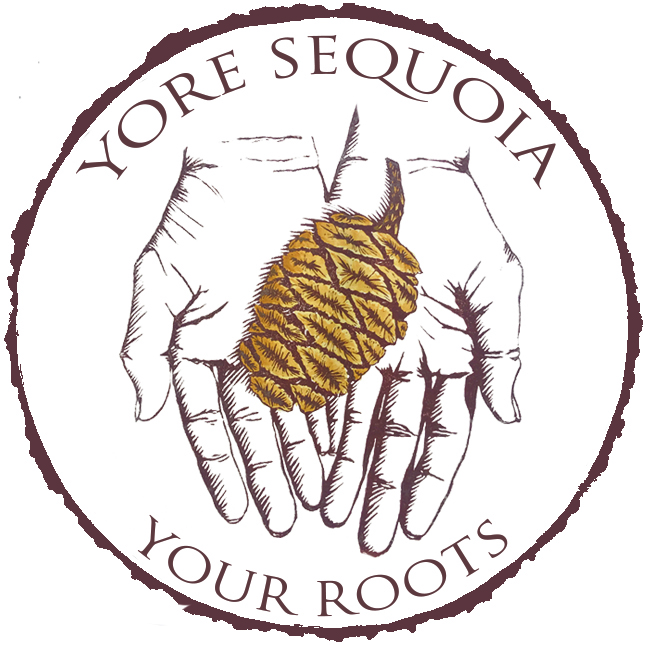Part Seven: ‘Til Death
By Laile Di Silvestro. Published March 2025.
This is Part Seven of a multi-part series by historical archaeologist Laile Di Silvestro. The series started with an astonishingly bold act—two women staking a claim in the remote Mineral King Mining District in what is now Sequoia National Park. The tale unfolds in California in the second half of the 19th century. It was place and time where women struggled to thrive within power structures that favored unscrupulous men. It is a true story. Read Part Six HERE.
Lizzie Gilkey spent the last years of her youth with sheep.
Her mother and father, Ellen and Edwin, had some experience raising livestock on a small scale. In Tuolumne County they had tended two horses, a milk cow, a steer, and twelve pigs when they weren’t mining. In Santa Cruz, Monterrey, and Fresno Counties, they likely did more of the same sort of small-scale ranching, especially given their frequent moves and the records suggesting that they rented rather than owned land. In Sand Creek, they homesteaded their own land and evidently focused primarily on sheep for wool and meat.
Lizzie’s life at Sand Creek was presumably peaceful in comparison to the violence of Sonora and Pajaro. Perhaps too peaceful. Both her sisters had married and left home, leaving Lizzie on her own to help her mother and father in both house and ranch work. Her oldest sister married in 1873, only a few months before giving birth to her first child. Her other sister took a husband in 1876.
A man lived nearby, however. His name was George Warren Boyd, and he was young. Indeed he was so young, he may have inspired Lizzie to change her birth year in census records to make herself appear three or four years younger.
Lizzie didn’t marry George for money. He was a landless farm laborer on his father’s property when Lizzie met him. Perhaps Lizzie was dazzled by his appearance. Perhaps she needed to escape one or both parents. Perhaps Lizzie and George were actually in love.
The two got married on 29 August 1880 when George was nineteen and Lizzie was twenty… or perhaps twenty-three. Lizzie joined George and his two sisters on his parent’s farm. There, they welcomed their daughter Amy Georgiana into the family in 1881, and and Chester Allan in 1883.
In 1884, they moved a bit east to Ash Springs near Aukland and the homestead of Enos Davenport Barton. (I mention this only because there is inevitably a Barton involved in every story.) There, Lizzie became pregnant with Raymond.
In 1885, however, they were making a new life in the tiny railroad town of Traver, home of today’s Bravo Farms Vintage Cheese Factory. There George’s father became the grocer and George the postmaster.
Does Lizzie’s married future seem rosy to you? Perhaps, then, it is worth remembering that Lizzie was a Gilkey… and sometimes love doesn’t last until death does us part.
To be continued…
Read Part 8.
Read the entire series here.
Sources:
Census records (Alameda County, Fresno County, Monterey County, Santa Cruz County, Tulare County, Tuolumne County)
Voter registration (Alameda County, Fresno County, Tulare County)
Marriage records (Fresno County, Tulare County)
Appointments of U. S. Postmasters, 1832-1971 (Tulare County: 302-3)
Fresno Morning Republican. “Mexican War Veteran Dead.” 3 June 1923, p. 17.

